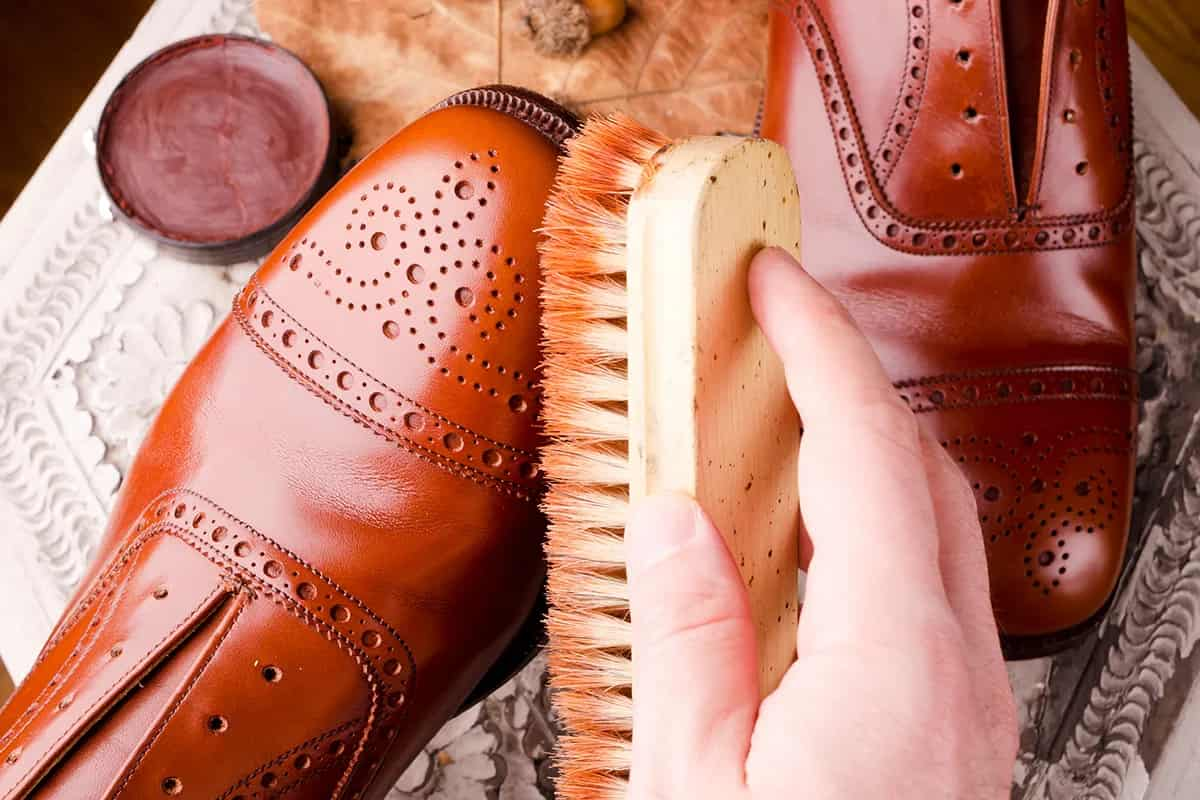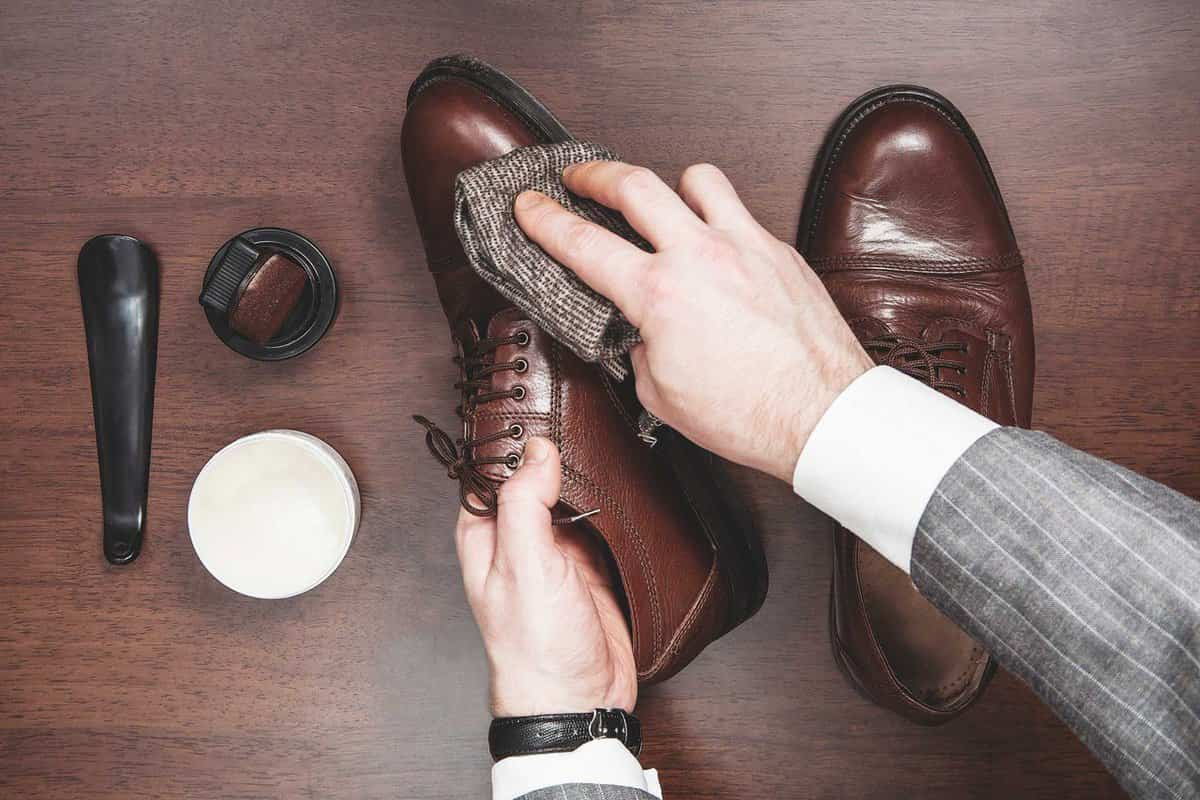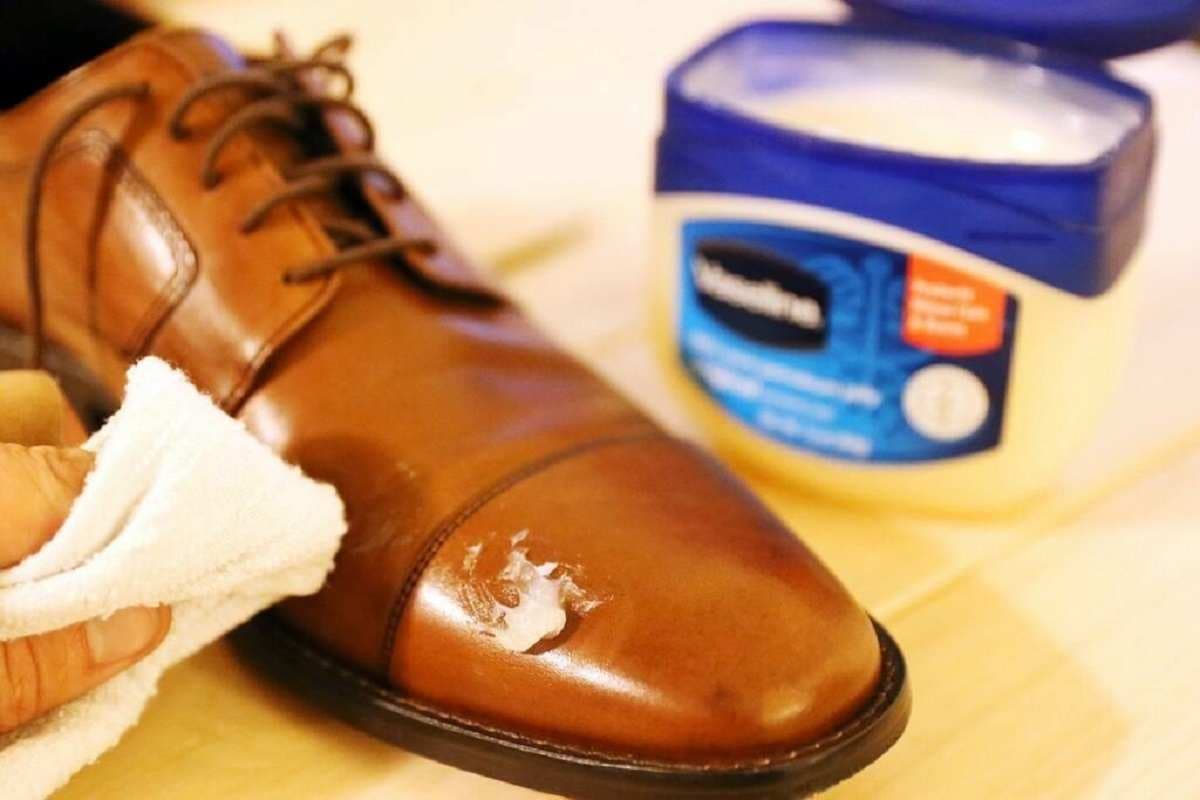
Buy the best types of Shoe Wax at a cheap price
You can find shoe wax polish for sale at our manufacturing centre at the lowest prices
But first, you should choose which type of shoe wax is the best choice for you
The most foolproof strategy is to use a shoe lotion and wax that are both neutral in colour
This way, you won’t have to stress about whether or not your shoe shine complements your footwear
In addition, using a neutralising lotion on your shoes will prevent the colour of the shoe from progressively transferring over to the shoes
Please keep in mind that this is a very slow process and that you will need to treat your shoes with the same colour shoe polish many times before you see any noticeable change in colour
According to our best estimates, around ten percent of the colour from the shoe polish really sticks to the leather
Only shoe polishes that are black in colour should be used on shoes that are black in colour
On the other hand, if there are any severe wounds or scratches on the leather, we recommend putting a coloured cream and wax to cover them up
Additionally, using a polish that is neutral or colourless for a lengthy period of time may cause the colour of your shoes to fade somewhat; hence, it is best to alternate between coloured shoe polish and a neutral shoe polish while you are polishing your shoes

If you are having trouble deciding between two shades of brown, we suggest going with the one that is a fraction of a shade darker than the colour of your shoes if you want to wear the number brown
A Pommadier cream that is only a shade or two darker than your shoes will help disguise scratches more effectively and bring back the colour that has been lost
A mismatched shoe polish colour makes ruining a pair of shoes very difficult
Black shoe polish is all you need for black shoes
And if you’re truly stumped on a colour or don’t want to purchase a different colour shoe cream for each pair of shoes, you may always go for neutral, colourless shoe polish
The rich texture of the original leather product demands natural maintenance; the leather polish is a product of nature
Two of the most popular resins used to restore leather shine and take care of it are carnauba wax and beeswax
These waxes completely enter the leather, allowing it to breathe, shine, and be lithe
This prolongs the life of the shoe and gives you a “fresh feel” in terms of appearance and comfort during its whole lifespan
Your shoes are shielded from scratches and scuffs by wax polish, and waxes also keep water out
Even after wearing your shoes all day, wax polish is a terrific method to keep them looking fresh

The term “shoe polish” (or “boot polish”) refers to a waxy paste, cream, or liquid that is used to waterproof, shine, and polish leather shoes and boots in order to increase their lifespan and improve their look
The various textures of shoe polishes—from liquids to hard waxes—set them apart from one another
The majority of shoe polishes are made of solvent and wax
This kind of polish is made out of waxes, organic solvents, and colourants (which may be either soluble dyes or pigments)
20–40% of the composition is wax
After the solvent has evaporated, the composition controls the polishing and hardness characteristics
Solvents are chosen to complement waxes
Solvent accounts for around 70% of shoe polish
Although more costly, turpentine is preferred for its “shoe polish odour”
The remaining 2-3% of the polish is dyed
Wax-based shoe polish retains its sheen after application but hardens due to its high volatile solvent component
Poorly blended polishes are known to bloom, which is indicated by the development of a white layer of stearin on the polish’s surface
Large, thermostated, stirred reactors are used to make shoe polish
Volatile solvents are prevented from evaporating by the use of measures
The low-melting paraffin wax is typically heated first, then the waxes with a greater melting point, and lastly the colourant-stearate combination

The heated solvent is introduced before the molten mass is distributed
Traditionally, 60-gram (2-ounce) circular, flat tins with an easy-open feature are used to package wax-based shoe polish
Since then, shoe polish has been associated with conventional flat, round tins
The solidified wax pushes away from the container walls and produces what is known as a “rattler” when dry owing to solvent loss or other factors
To apply a shoe polish to the shoe, you may use your bare hands, a cloth, a towel, or a brush
Other options include using a towel
Shoe polish is not a cleaning product since it is most effective when applied to dry and clean shoes
In order to get typically outstanding results, it is necessary to first apply the polish to the boot in an even manner by using a vigorous rubbing motion and then to complete the buffing process by using a clean, dry cloth or brush
One further technique is called “spit-polishing,” and it involves working the polish into the leather with a cloth, a drop of spit, or a drop of water
This approach is also known as “bull polishing
” This procedure provides the mirror-like, high-gloss surface that is frequently referred to as a “spit shine” or “bull,” which is highly desired in military organizations
Other names for this surface are bull or spit shine

In spite of the name, water, not saliva, is used as a carrier or diluent for polish the vast majority of the time
A protective coating that contains polishes that contain carnauba wax can be applied to the leather of a shoe in order to lengthen its lifespan and improve its overall appearance
It is possible to purchase hard sponges that already have shoe polish absorbed into them
These sponges are available for purchase
Buffing leather with these sponges eliminates the need to apply an additional layer of shine to the finished product
In common parlance, this component is known as an applicator
Make a quick purchase of shoe wax from our production facility by submitting your request as soon as you can















